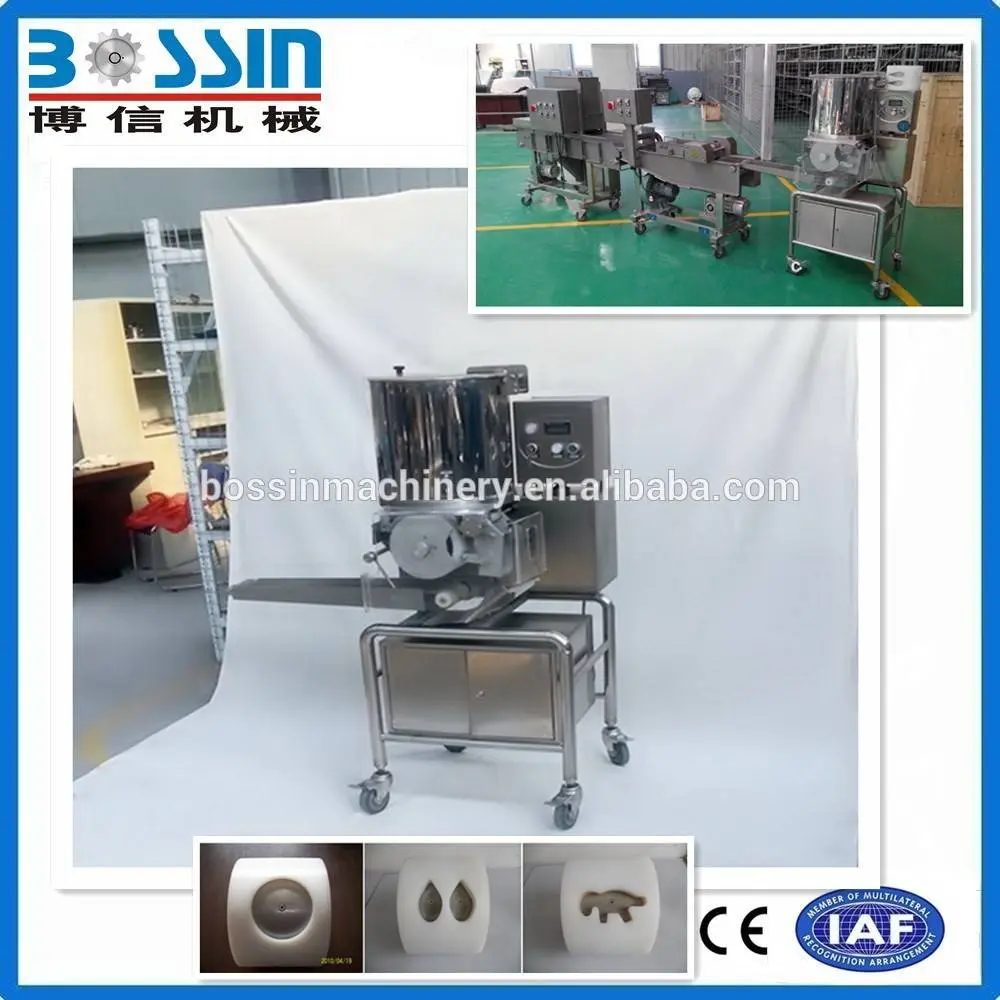
oct. . 11, 2024 17:22 Back to list
High-Quality Stainless Steel Fillers for Durable Welding and Repair Solutions
The Versatility and Applications of Stainless Steel Fillers
Stainless steel has long been recognized for its excellent corrosion resistance, strength, and aesthetic appeal. In various welding and fabrication processes, stainless steel fillers play a crucial role in enhancing the properties of the metals being joined. This article delves into what stainless steel fillers are, their types, applications, and the benefits they bring to industries ranging from construction to automotive.
Understanding Stainless Steel Fillers
Stainless steel fillers, commonly referred to as filler materials, are used in welding to join two pieces of stainless steel together. These fillers can take the form of rods, wires, or powders, depending on the welding method employed. The primary role of these fillers is to provide a welding pool that solidifies to form a strong bond between the base metals.
The composition of stainless steel fillers is typically similar to that of the base metal, allowing for a strong and secure joint. Common alloys used in fillers include 304 and 316 stainless steels, which are perhaps the most frequently used due to their favorable properties.
Types of Stainless Steel Fillers
Stainless steel fillers can be classified based on several criteria, such as the welding process they are designed for, their type of finishing, and their chemical composition.
1. Welding Rods Used primarily in gas tungsten arc welding (GTAW) and gas metal arc welding (GMAW), these rods come in various diameters and lengths. They are often coated to protect the weld from contamination.
2. Welding Wires These fillers are utilized in processes like MIG and TIG welding. They are available in solid or flux-cored forms and specifically designed for different applications, including pipe welding, structural welding, and more.
3. Powders In laser or electron beam welding processes, stainless steel fillers can also be found in powder form. These are generally used in additive manufacturing or cladding applications.
4. Flux-Cored Wires These contain a flux material that helps maintain a shielding gas around the weld area, making them ideal for outdoor welding where contamination from the environment is a concern.
stainless steel filler

Applications of Stainless Steel Fillers
The applications of stainless steel fillers are extensive and span various industries, including construction, manufacturing, automotive, food processing, and pharmaceuticals
.1. Construction Stainless steel fillers are widely utilized in the construction of buildings, bridges, and other infrastructure due to their ability to withstand harsh environmental conditions.
2. Food Processing In the food industry, equipment must adhere to strict hygiene standards. Stainless steel fillers are pivotal in fabricating and repairing stainless steel components, ensuring that they are easy to clean and resistant to corrosion.
3. Automotive Stainless steel components are increasingly being used in automobiles for their durability and aesthetic value. Fillers are necessary for both manufacturing and repair, helping maintain the vehicle's integrity.
4. Pharmaceuticals The pharmaceutical industry demands high standards of cleanliness and reliability. Stainless steel fillers help in constructing equipment that meets these stringent requirements.
Benefits of Using Stainless Steel Fillers
The advantages of using stainless steel fillers are manifold. They enhance the mechanical properties of the weld joint, providing resistance to corrosion and increased wear, which is particularly important in harsh environments.
Furthermore, using fillers that match the base metal ensures that the welded joint has similar thermal expansion properties, minimizing the risk of cracking or distortion during the welding process. The aesthetics of stainless steel fillers also contribute to a finished product that maintains a professional appearance, making them an ideal choice for visible welds.
Conclusion
In conclusion, stainless steel fillers are integral to the welding industry, providing both functional and aesthetic advantages across a multitude of applications. Their versatility, corrosion resistance, and strength make them indispensable in various sectors ranging from construction to pharmaceuticals. As technology evolves, the development of stainless steel fillers will continue to play a vital role in advancing welding techniques and improving the performance of finished products.
Latest news
-
Pneumatic Clipping Machine - Shijiazhuang Bossin Machinery Equipment Co., Ltd. | Automated Sausage Production&Precision Cutting
NewsAug.10,2025
-
Great Wall DKJC Automatic Sausage Clipper Machine | High Efficiency
NewsAug.10,2025
-
Pneumatic Clipping Machine - Shijiazhuang Bossin Machinery | Sausage Production Line, Meat Processing Equipment
NewsAug.10,2025
-
Pneumatic Clipping Machine: Efficient Sausage Production Solution|Efficient Pneumatic Operation&Seamless Integration
NewsAug.09,2025
-
Pneumatic Clipping Machine - Shijiazhuang Bossin Machinery | Precision Cutting, Compact Design
NewsAug.09,2025
-
Pneumatic Clipping Machine-Shijiazhuang Bossin Machinery|Automated Clipping&Pneumatic Sausage Filling
NewsAug.09,2025